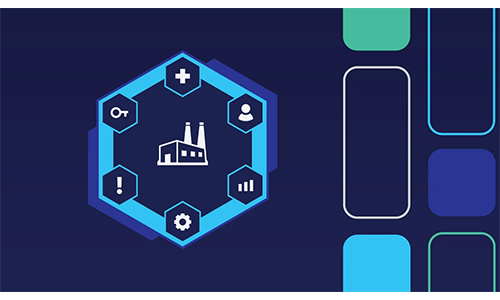OK, we have to say it: Happy Fri-yay! There’s something so comforting about having a whole weekend to tackle projects, do chores, hang with family and friends or just relax. (See the third story for more.)
We’re deep in summer and enjoying all the traditional sights, smells, sounds and taste the season has to offer. We’ve also noticed some changes, like how the algae blooms are prompting beach closures on our beloved Lake Erie and the heat that feels hotter and more intense than we remember.
So, we’re challenging ourselves to take a good hard look at what we’re doing, both the short-term impact it may have on us (and our wallet) as well as our environment. Maybe it means planning errands and other outings more efficiently so that we are cutting back a bit on driving so we can postpone that gas fill up another couple days. Maybe it means eating more locally grown food or less meat. Maybe it means buying second-hand or asking whether you need something in the first place.
It's an ongoing effort, and we know big changes don’t happen overnight. But in the meantime, we’re looking for inspiration and trying to enjoy the simple things.
Here are some stories about news that is or will have an impact on our climate—and what to remember going forward. Until next time, stay safe and be cool!
Sweet Corn and a Side of Sweat
Our home state of Ohio grows a lot of corn (and soybeans on rotation). And yes, it is quite muggy as we write this. But no, we never thought there could be a connection.
Barb Mayes Boustead, a meteorologist and climatologist living in the Great Plains, penned a piece for The Washington Post that has given us pause.
"In the Midwest and northern Plains, corn and soybean crops draw moisture from the ground through their roots into their leaves, stems and fruits. The water evaporates into the surrounding air through their leaves, joining forces with neighboring water molecules to humidify the air." The process, evapotranspiration, has another name: corn sweat.
In the summer, she writes, it can be muggier in a corn field in Iowa than on the beaches of Miami.
Corn sweat makes it muggier during the day and can also slow cooling at night. The added moisture can also make showers and storms more intense.
Corn aren't the only crops that sweat, and they aren't the only cause of humidity. But we admit that sweet summer corn fresh from the farm stand may leave a bitter taste in our mouth.
Read more here.
Beyond Red, Blue and Green
We usually shy away from opinions—y'all already leave plenty of them in our comments—but we found this opinion piece from Bloomberg educational and even illuminating.
Using data from their new company Enersection, which specializes in data-driven insights on the U.S. energy system, Liam Denning and Jeff Davies tracked where green investments would be made based at the congressional district level. They have found that much of the money Democrats want to invest in clean energy will be spent in Republican districts. For example, House minority leader Kevin McCarthy's district ranks No. 1 in the nation for planned and operating grid-battery projects as well as planned and operating utility-scale solar capacity.
"The most obvious reason for this is the ground itself," Denning and Davies write. For example, the majority of the nation's onshore wind resources are concentrated in Plains states between the Mississippi River and the Rockies, where 70% of congressional districts have Republican representatives. Rural and semirural districts often have more available and cheaper land to house electricity infrastructure than urban and suburban areas, which tend to lean Democratic.
These findings encourage us to think that there's more that could unite us than divide us. That has us excited about future possibilities to come together and create meaningful change.
We have reason to hope that will be sooner rather than later. Years ago, we remember meeting a man in rural Texas who had oil rigs on his land, but he had also installed several wind turbines.
Read more and take a deep dive into the raw data here.
Beating the Heat
As the mercury rises—and remains high—people are looking for ways to deal with the heat. This headline from Fortune caught our attention: "A life hack that's thousands of years old could help humans better adapt to record-setting heat waves."
We love a good hack and are always intrigued when we hear about forgotten knowledge. The advice had us smiling.
The author takes a deep dive into the history of the siesta, a short nap often taken after lunch. Several regions with long days and warm climates have histories of a midday rest, including southern Europe, the Middle East, China, the Philippines and India. However, the siesta is most commonly associated with Spain, where the practice has been decreasing as more people work in cities and the country becomes more urbanized.
But sleep may be a way to cope with the heat, as the process allows for body temperature regulation.
"A short episode of sleep may help to prevent the body from overheating," said Alba Garcia-Aragon, a specialist at the Madrid-based Sleep Research Institute, to Fortune. "Although the siesta is hardly compatible with most modern work schedules, whenever possible it leads to a healthier lifestyle."
Read more here.















































































